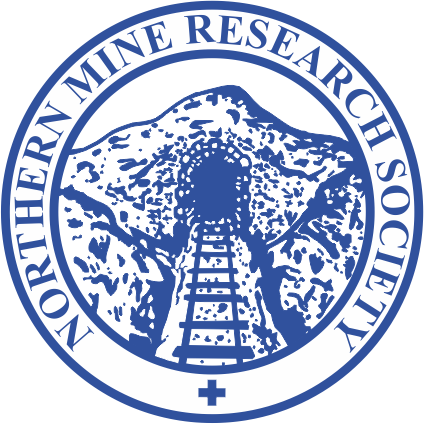
Wheal Phoenix at SX 26613 71977
Copyright © Alex Fraser
Wheal Phoenix and West Wheal Phoenix mines are 3 miles west of the village of Minions and 6 north of Liskeard. The mine was first worked under the name Wheal Prosper in the 1836 when it was part of Cornwall Great United Mines. This venture was unsuccessful, but later exploration found ore in quantity. Between 1848 and 1889 Phoenix United had produced 84,538 tons of copper and between 1853-1898 15,996 tons of tin.
The main lode worked was unusual in that it contained a copper and a tin lode side by side, a consequence of two mineralisations on an ancient fault plane. Because of the varying downthrow hanging and footwalls alternate between granite and KiIlas; in the outcrop and upper portion of the lode the granite is on the footwall, most of the copper was found in this horizon, but at depth, the granite was on the hanging wall and the tin lode predominated.
In 1844 the mine reopened as South Phoenix and reached a depth of 120 fathoms by 1854. Clanacombe mine was renamed Wheal Phoenix and a new company formed by Captain James Seccombe. By 1848 copper ore sales had begun and by 1851 there was a workforce of 132.
Rich copper reserves were discovered in 1852 and for the next ten years Phoenix rivalled South Caradon as one of Cornwall’s greatest copper mines.
The old setts at Newlands were worked by Phoenix United in 1851-64 and the mine renamed East Phoenix. An engine was erected by William West in the mid-1850s and in 1864-72 the mine was run independently. In 1865 there were 25 employees.
During the 1860s the returns on copper began to diminish and the consulting engineer at Wheal Phoenix, William West tried unsuccessfully to persuade the company’s other adventurers to consider tin.

South Wheal Phoenix (Houseman’s Shaft) at SX 26140 71457
Copyright © Alex Fraser
By 1864 West had acquired controlling shares and immediately re-equipped the mine to produce tin. Enough tin had been raised for 36 heads of stamps to be installed and by 1865 there were 320 men, 60 women and 80 boys employed by the mine. Production continued to rise and in 1869 the workforce rose to nearly 600. In 1870 the mine had 144 heads of stamps and acquired the sett of the old Stowes Mine immediately to the west of Wheal Phoenix. The new company was called Phoenix and West Phoenix United mines. To the south the old mines of Greenhill and Wheal Prosper were reopened in 1847 under the name South Phoenix working the lodes of Greenhill, Grace Dieu, Prosper and New Lodes. They produced copper, tin and manganese but the output was inconsistent.
In 1870 the mine reopened again in, using a winding engine from Gonamena Mine; this operation closed during the slump of 1875. West Phoenix Mine was included within the set in 1875, after which the mine was worked as Phoenix United.
South Phoenix mine reopened in 1882 with a new pumping engine at Houseman’s shaft and was run under the new name of South Phoenix Tin and Copper Mine Ltd. This company was liquidated in 1885. In 1885 it was producing more tin than all the other Cornish mines except for Dolcoath and East Pool.
In 1887 the mine reopened again as South Phoenix Ltd. There was some increase in production during this period and expansion – Houseman’s shaft was deepened and new dressing floors were built – but work was suspended in 1892 and the mine abandoned in 1893. The shafts had to be sunk ever deeper and the price of copper and tin continued to slump. The mine survived for longer than many of its neighbours by cutting the workforce and lowering wages but by 1894 the company was in the hands of the Receivers. By 1898 it was abandoned, equipment sold for scrap and most of the buildings demolished.
The mine was last worked between 1906 and 1910 when it was owned by Cornish Consolidated Tin Mines Ltd. West Phoenix at one time had eight engine houses on this site to wind bump and stamp the ore. The Prince of Wales Shaft being the last to close in 1914.
1907 Cornish Consolidated Tin Mines Ltd took over South Phoenix and re-equipped the shafts, but by 1909 there were only four men working on the site. The mine was finally abandoned in 1911.
Return to previous page

